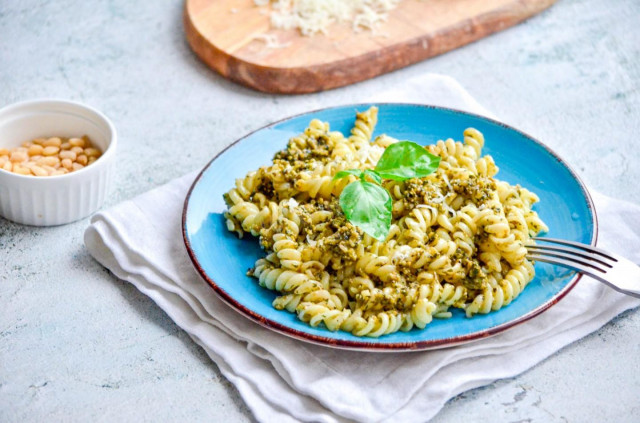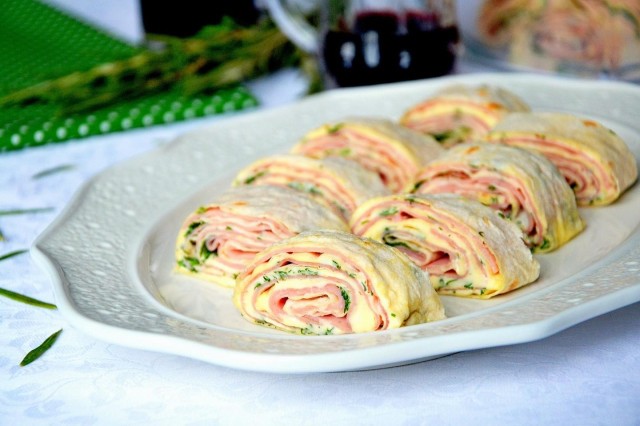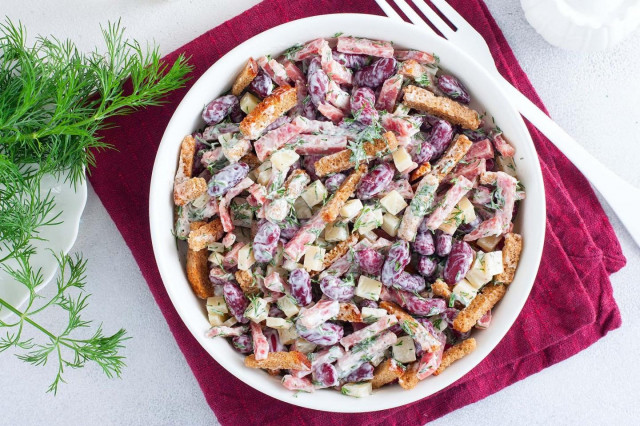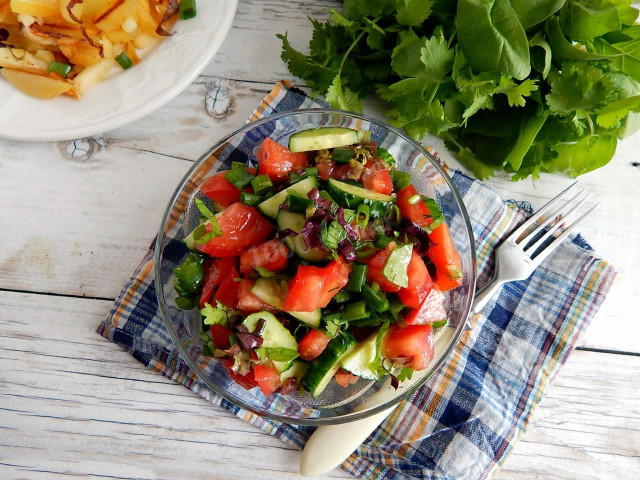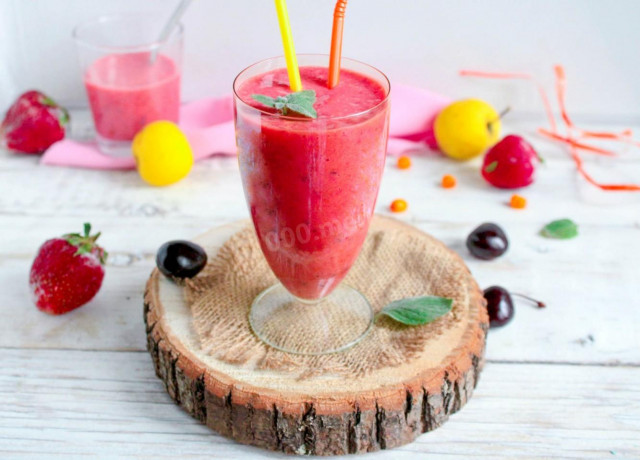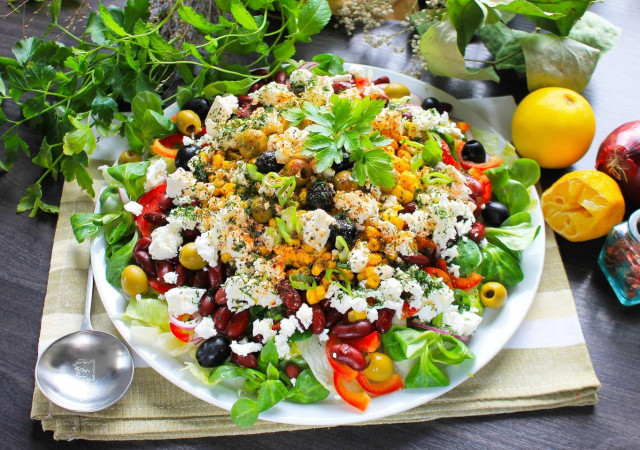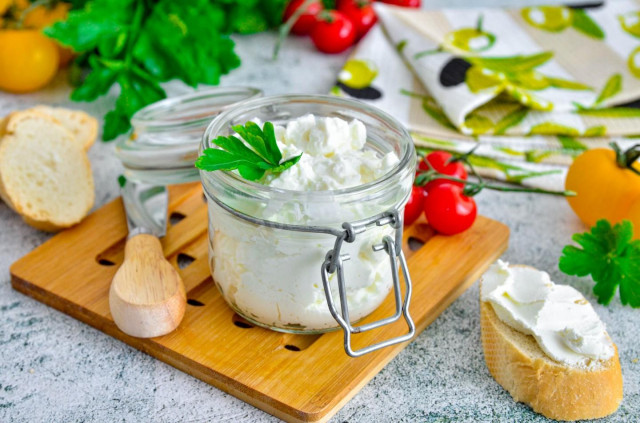Composition / ingredients
Step-by-step cooking
Step 1:
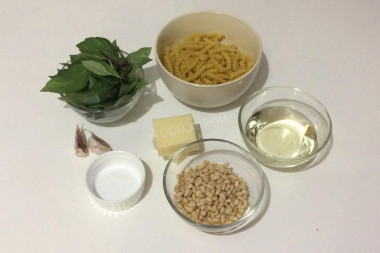
How to make pasta with pesto sauce? Prepare the products. Basil for pesto, take green. Only the leaves go into the sauce, the stems are too tough for it. Olive oil is best suited, but, in the absence, ordinary vegetable oil is also suitable. Instead of parmesan, you can take any other hard cheese. Nuts are also suitable for any — cashews, walnuts, almonds.
Step 2:
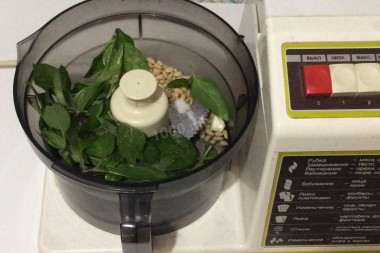
First prepare the pesto sauce. How to make sauce? Rinse the basil leaves well and dry them. Peel the garlic. Nuts can be slightly dried in a frying pan, I did not do that. Put the leaves, nuts, garlic and oil in a blender bowl.
Step 3:

With short impulsive movements, grind the mass to the state of crumbs. It is not necessary to grind much, pesto is not a paste-like mass, but a granular one. If you have a marble mortar, you can grind the products in it — this is exactly what they do in a classic recipe.
Step 4:
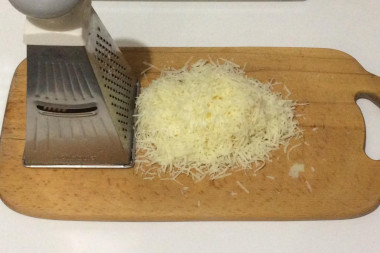
Grate the cheese on a fine grater.
Step 5:
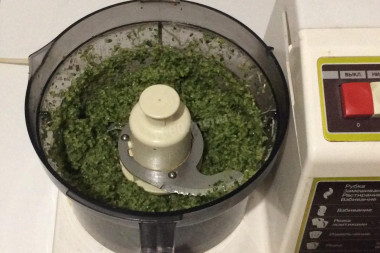
Add the cheese to the ground mass and turn on the blender for just a few moments to mix all the ingredients. Now we need to try the pesto with salt, I added a teaspoon. If you find the sauce salty, do not add it.
Step 6:
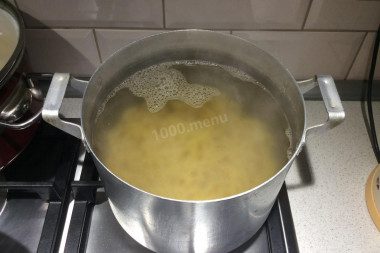
It remains to cook pasta. Read about how to cook pasta correctly at the end of the recipe. Cook them until al dente, "by the tooth", this is when they remain slightly firm. Put the finished pasta in a colander and immediately put it in a deep bowl. If there is a little water left, it's not scary, it will make the sauce more liquid. Add the pesto, stir and only then arrange on plates. But you can immediately arrange the pasta on plates and only then add the sauce.
The taste of this dish largely depends on the right choice of pasta - choose pasta made only from durum wheat. They do not boil and are much tastier.
Absolutely any paste will fit in shape and size: spaghetti, fusilli, feathers, horns, tagliatelli. If you are an experienced cook, you can cook pasta yourself.
Ready-made pesto sauce is well stored in the refrigerator for several days. If you have made too much sauce, then freeze it. It is better to divide the pesto into portions.
In addition to pasta, pesto is great for chicken dishes, it is also often used in salads.
How to boil pasta properly? Take a spacious saucepan, pour water at the rate of 100 grams of pasta 1 liter of water. The main thing is that the products float freely in the liquid. Add salt to taste. Bring the water to a boil. It is important to put the pasta in boiling water, otherwise they may stick together. Cook over medium heat, stirring occasionally, until fully cooked or al dente (cooking time is always indicated on the package). Put the finished pasta in a colander and let the liquid drain. It is not necessary to rinse the finished pasta with water. If you do not plan to immediately mix the pasta with the sauce, then in order to avoid sticking hot pasta, you can send them from the colander back into the pan and add a teaspoon of olive oil (or a piece of butter)and mix gently.
Caloric content of the products possible in the composition of the dish
- Pasta, premium, fortified - 337 kcal/100g
- Pasta, premium, dairy - 309 kcal/100g
- Pasta, premium grade, egg - 342 kcal/100g
- Pasta made from flour of the 1st grade - 333 kcal/100g
- Pasta made of flour in / with - 338 kcal/100g
- Boiled pasta - 135 kcal/100g
- Pasta - 338 kcal/100g
- Garlic - 143 kcal/100g
- Fresh basil - 27 kcal/100g
- Dried basil - 251 kcal/100g
- Beech nuts - 568 kcal/100g
- Pinya - 635 kcal/100g
- Cedar nuts - 620 kcal/100g
- Vegetable oil - 873 kcal/100g
- Salt - 0 kcal/100g
- Parmesan cheese 45% fat content - 389 kcal/100g

